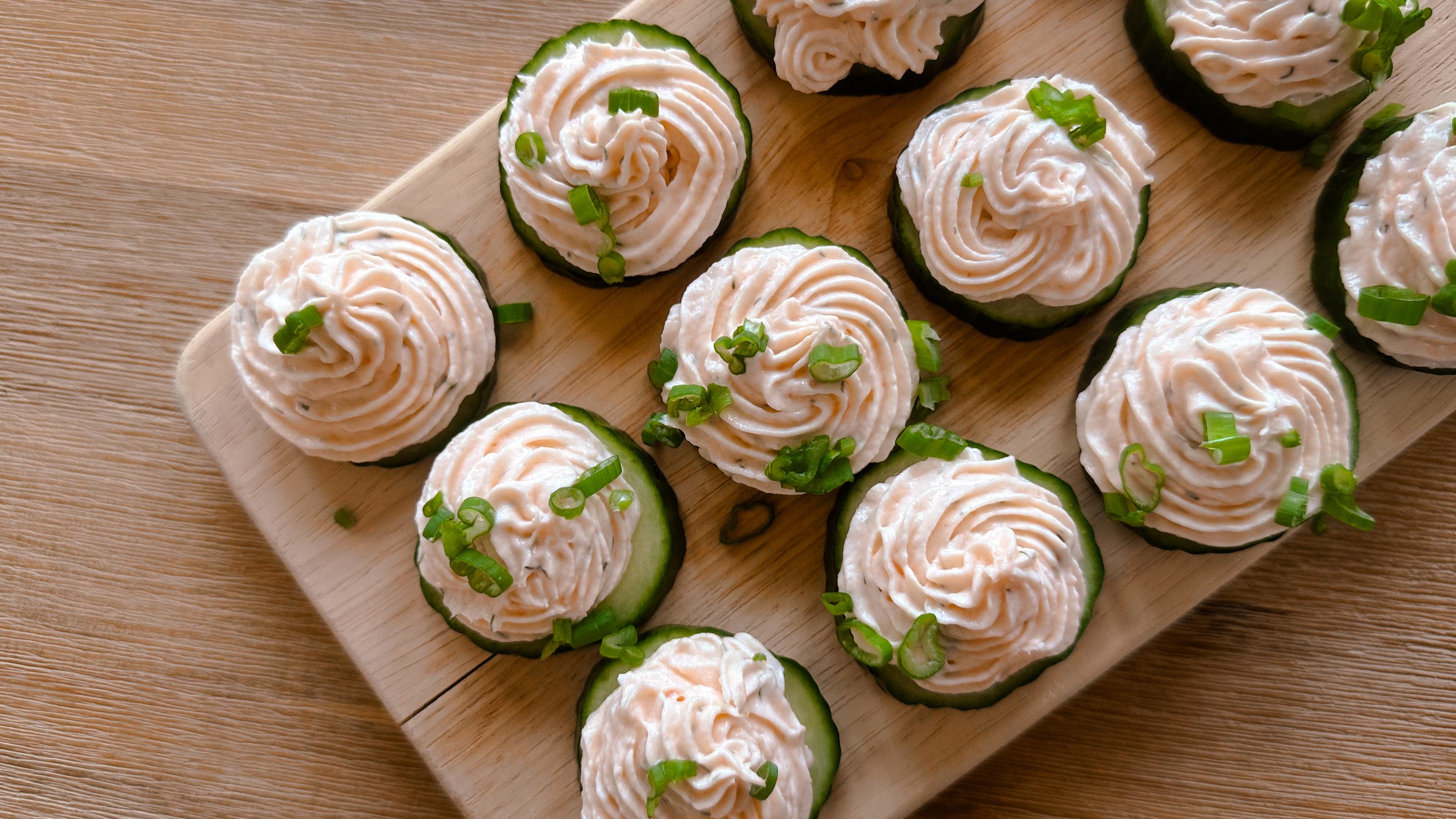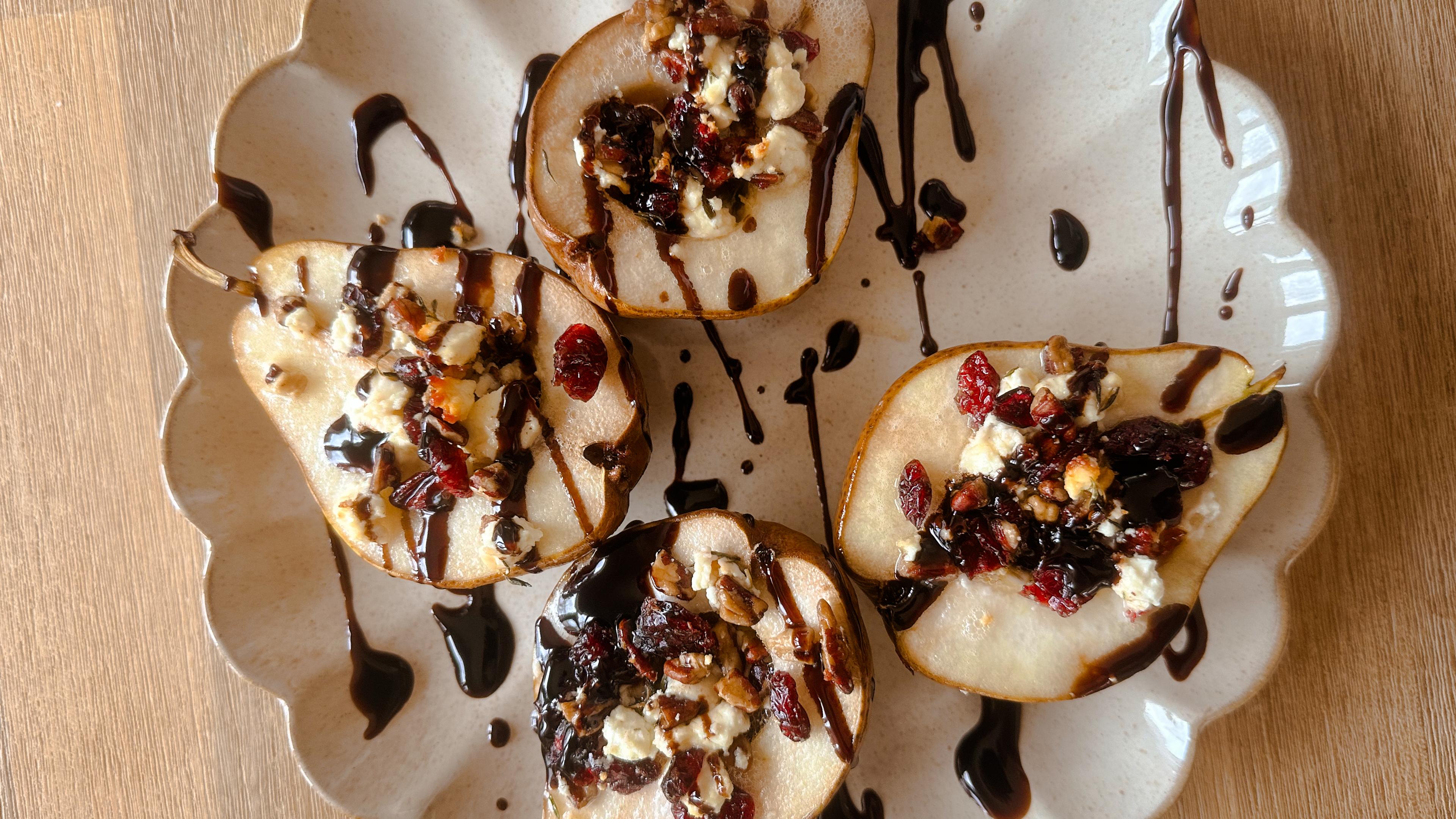‘100% Concentrate Fruit Drink’: How to Make Sense of Labels on Fruit and Vegetable Juices
Guest Blogger
| 3 min read

This guest post is from Katie Caputo, a registered dietitian who blogs foodie-inspired recipes at ktcaputo.com and tweets healthy tips and tricks @katiecaputo. She works as a nutrition and health communications consultant for various food industry organizations and small businesses.
When it comes to getting your kids to eat more fruits and vegetables, you might think a food battle can be won with juice. While juice may be a favorite for kids, choosing the “best” juice presents a tough proposition for parents. And to complicate things further, there is an endless variety of brands to pick from.
So what should you keep an eye out for when you want to add a serving of fruit or vegetable juice to your child’s diet? Read what it says on the nutrition label. Here’s my guide:
100% Juice
The 2010 Dietary Guidelines for Americans tells us that 100 percent fruit or vegetable juice counts as a serving of fruits or vegetables. A nutrition label that displays 100 percent fruit or vegetable juice means just that: It’s pure juice. The only way to ensure that you are purchasing pure juice is to read the label. It’s important to note that 100-percent juices may have as many calories as sodas and other sweetened soft drinks, but they also contain vitamins, minerals, phytochemicals and some fiber.
From Concentrate
Store-bought fruit juice concentrates take a few more steps in production than not-from-concentrate juice. The concentrate process involves both adding and subtracting certain chemicals and natural fruit byproducts in order to provide a more condensed version of fruit juice. The process extends the shelf life of the fruit juice while maintaining color, flavor and nutritional content within the juice.
Light, Sugar Free, or Diet
You might be tempted to save calories by drinking a “light” juice option. While these products do cut calories, most have fewer nutrients and contain artificial sweeteners. If you opt for a lighter version, make sure it has at least 50 percent juice; this way you’re getting at least some nutrients.
Cocktail or Fruit “Drink”
Buyer beware: These products contain as little as 10 or 15 percent juice, with the rest being sugar, water, high-fructose corn syrup and other additives. To eliminate a significant amount of (added) sugar in your diet, steer clear of these products.
Check the Label
For many, the word “juice” sounds healthy enough. But like all foods in the grocery store, we should pay attention to the Nutrition Facts label to see what’s really inside the bottle, box, or can. When looking at the nutrition label, scan the ingredient list for added sugar, artificial sweeteners, artificial flavors and preservatives. You might be shocked to discover that some fruit juices contain more sugar than sweetened soft drinks.
When in Doubt, Buy Fresh
According to the American Academy of Pediatrics, intake of fruit juice should be limited to 4 to 6 ounces per day for children ages 1 to 6. For children 7 to 18 years old, juice intake should be limited to 8 to 12 ounces, or two servings per day.
Juice can be a handy way to increase vitamins and minerals, but it often is much higher in calories than whole fruit. Fruits and vegetables in their whole form also have more fiber than juice, and juice costs more than whole fruit that’s in season. In addition, fresh fruit can taste sweeter and be more satisfying and more filling than the juice form.
What’s your favorite juice brand or fresh juice recipe? What kinds do you stay away from?
Photo by badoir





